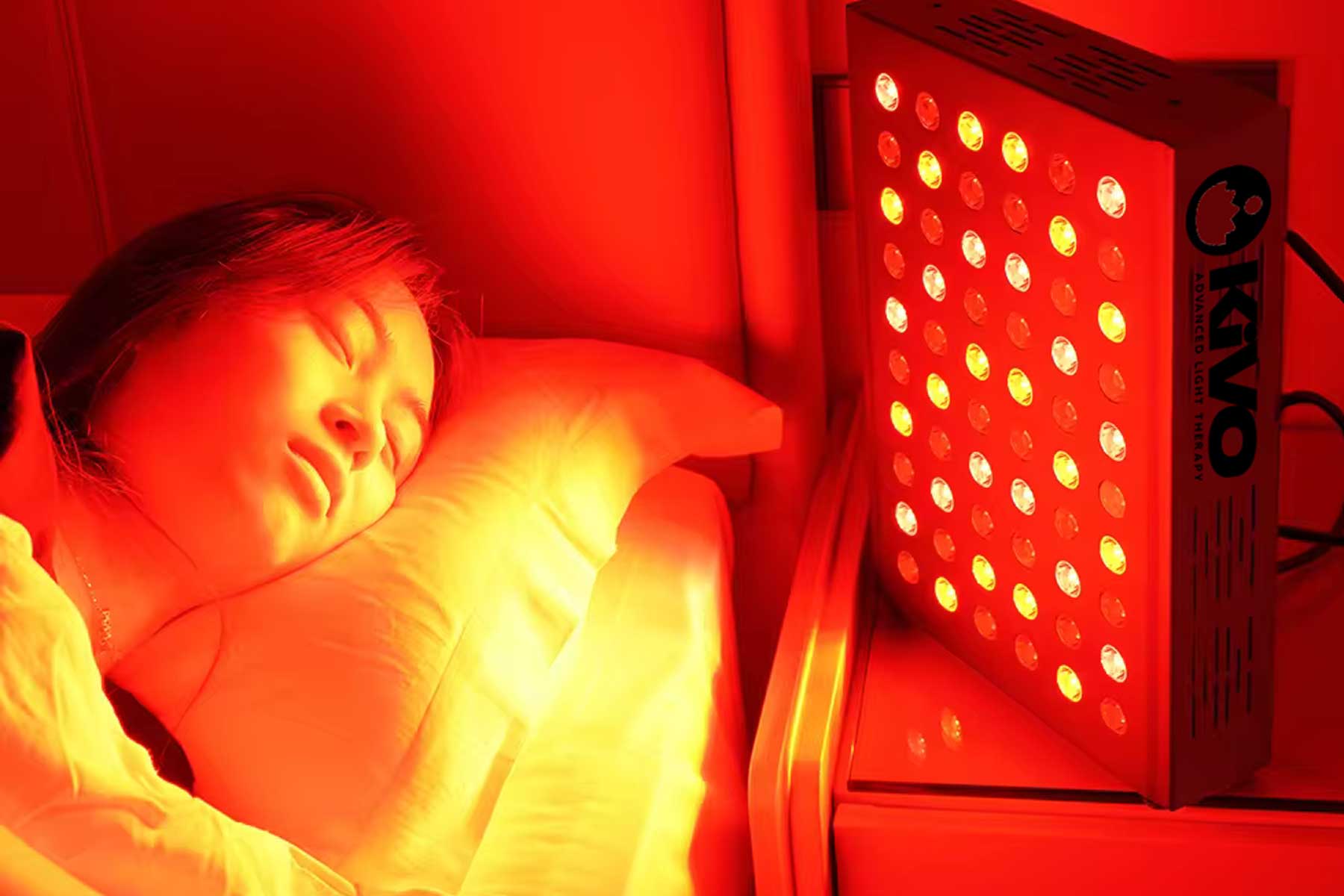Red light therapy, also known as photobiomodulation, has been a hot topic in the health and wellness industry. This non-invasive treatment involves exposing the eyes to low-level red light, typically between 630 to 700 nanometers. But what does the science say about its potential benefits for eye health?
What is the Scientific Evidence?
Studies have shown that red light therapy can help improve vision and promote overall eye health. Research has indicated that red light at specific wavelengths can penetrate the retina and stimulate the production of ATP, the energy source for cells. This can lead to improved cellular function and regeneration in the eyes.
Benefits for Various Eye Conditions
Red light therapy has shown promise in the treatment of various eye conditions, including age-related macular degeneration, diabetic retinopathy, and glaucoma. By promoting blood flow, reducing inflammation, and supporting cellular repair, red light therapy may help slow the progression of these conditions and improve visual acuity.
Maintaining Optimal Eye Health
In addition to treating specific eye conditions, red light therapy can also be used as a preventive measure to maintain optimal eye health. By regularly exposing the eyes to red light, individuals may be able to support the overall health of their eyes, reduce the risk of developing age-related eye diseases, and improve visual performance.
Overall, the scientific evidence supporting the use of red light therapy for eye health is promising. As more research is conducted in this area, we can expect to see even more potential benefits of this non-invasive treatment. If you're looking to improve your eye health or address specific eye conditions, red light therapy may be worth considering as part of your wellness routine.
Backed by Science
Red Light and Near Infrared light, is a promising and powerful method to mediate biological functions via low power light wavelength from red to near-infrared regions. Eyes and neurons rely on cytochrome c oxidase to generate energy for metabolic process. NIR light can penetrate these tissues and assist recoveries of neurons in methanol intoxication, optic nerve trauma and neuropathy, retinal injuries and pigmentosa, and macular degeneration. NIR light can also help brains to recover from atherothrombotic stroke, brain injury, and neurodegeneration. No side effects have been observed from animals and humans. Therefore, RL & NIR light could be a safe and effective method for a wide range of applications in ophthalmological and neurological fields in the near future.






